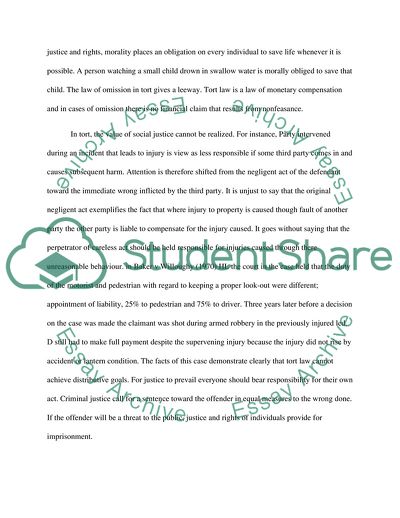Cite this document
(Tort Law and Distributive Goals Essay Example | Topics and Well Written Essays - 1750 words, n.d.)
Tort Law and Distributive Goals Essay Example | Topics and Well Written Essays - 1750 words. https://studentshare.org/law/1773446-1-tort-law-could-not-and-should-not-be-used-in-order-to-achieve-distributive-goals-critically-evaluate-this-statement
Tort Law and Distributive Goals Essay Example | Topics and Well Written Essays - 1750 words. https://studentshare.org/law/1773446-1-tort-law-could-not-and-should-not-be-used-in-order-to-achieve-distributive-goals-critically-evaluate-this-statement
(Tort Law and Distributive Goals Essay Example | Topics and Well Written Essays - 1750 Words)
Tort Law and Distributive Goals Essay Example | Topics and Well Written Essays - 1750 Words. https://studentshare.org/law/1773446-1-tort-law-could-not-and-should-not-be-used-in-order-to-achieve-distributive-goals-critically-evaluate-this-statement.
Tort Law and Distributive Goals Essay Example | Topics and Well Written Essays - 1750 Words. https://studentshare.org/law/1773446-1-tort-law-could-not-and-should-not-be-used-in-order-to-achieve-distributive-goals-critically-evaluate-this-statement.
“Tort Law and Distributive Goals Essay Example | Topics and Well Written Essays - 1750 Words”. https://studentshare.org/law/1773446-1-tort-law-could-not-and-should-not-be-used-in-order-to-achieve-distributive-goals-critically-evaluate-this-statement.


